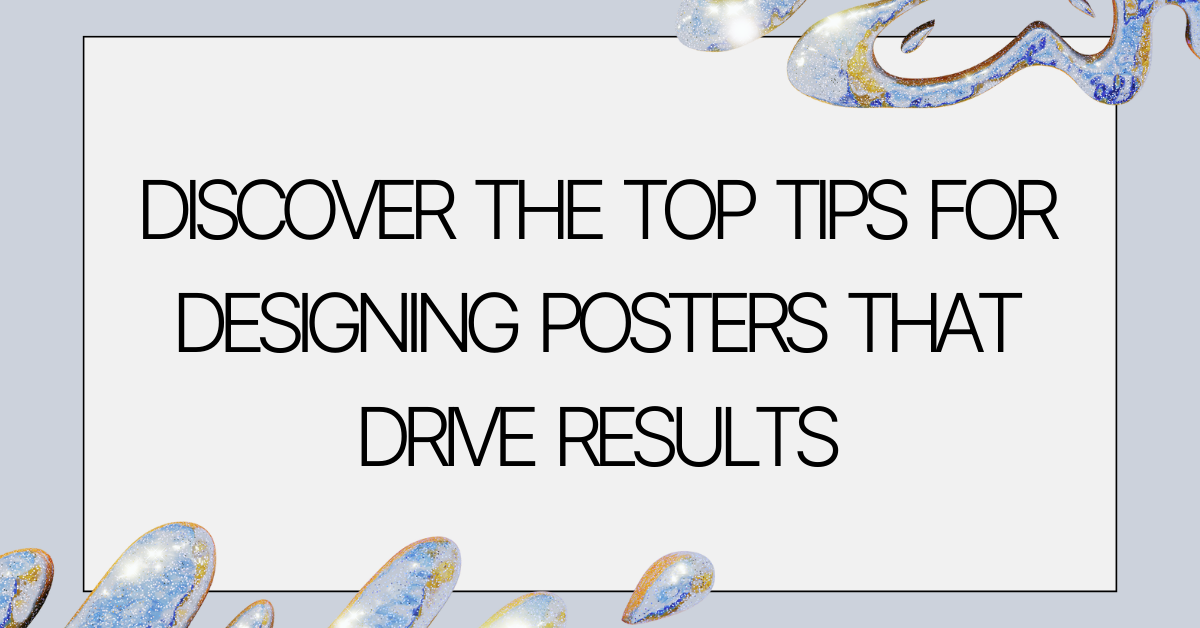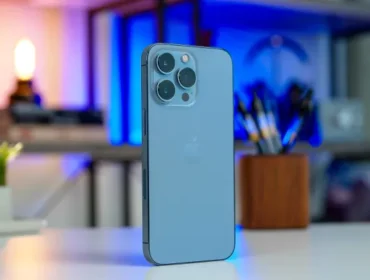In the ever-evolving landscape of visual communication, a well-designed poster holds the potential to be a game-changer. Whether you’re a seasoned designer or a novice looking to create eye-catching posters, utilizing the right tools is essential. One such tool that can significantly streamline the poster creation process is a reliable poster creator. These digital platforms empower users with user-friendly interfaces and a plethora of design options, making the creation of impactful posters accessible to everyone. Now, let’s explore the top tips for designing posters that not only captivate but also drive tangible results.
1. Define Your Objective Clearly
Before diving into the design process, it’s essential to have a clear understanding of the poster’s objective. Are you promoting an event, selling a product, or advocating for a cause? Define your goals, target audience, and desired outcome. This clarity will guide every design decision you make and ensure your poster communicates its message effectively.
2. Know Your Audience
Understanding your target audience is crucial for creating a poster that resonates with them. Consider demographics, interests, and preferences to tailor your design accordingly. A poster targeting teenagers will have a vastly different aesthetic than one aimed at corporate professionals. Identify your audience’s preferences to choose colors, fonts, and imagery that will appeal to them.
3. Simplify Your Message
A cluttered poster can overwhelm viewers and dilute your message. Keep it simple by focusing on a single, compelling message. Use concise and impactful headlines, accompanied by supporting visuals. A clear and straightforward message is more likely to stick in the viewer’s mind.
4. Create a Strong Hierarchy
Establishing a visual hierarchy is essential for guiding viewers through the information on your poster. Determine the most critical elements, such as headlines, subheadings, and calls to action, and make them stand out. Utilize font size, color, and placement to create a hierarchy that naturally directs the viewer’s attention.
5. Choose the Right Colors
Colors play a significant role in evoking emotions and conveying your message. Consider the psychology of colors when designing your poster. For example, red can signify urgency or excitement, while blue evokes a sense of trust and calm. Ensure that the chosen color scheme aligns with your brand or the message you want to convey.
6. Use High-Quality Images
Images can be powerful tools for grabbing attention and conveying information. Opt for high-quality, relevant images that complement your message. Ensure that images are clear, properly sized, and have a high resolution. Blurry or pixelated images can detract from the professionalism of your poster.
7. Incorporate Consistent Branding
If you are creating a poster for a brand or event, maintain consistency with existing branding elements. Use the brand’s colors, fonts, and logos to create a cohesive look. Consistent branding helps build recognition and reinforces the association between the poster and the entity it represents.
8. Prioritize Readability
No matter how visually appealing your poster is, it won’t be effective if the text is difficult to read. Choose fonts that are legible and appropriate for your message. Consider factors such as font size, spacing, and contrast to enhance readability. Test your design by getting feedback from others before finalizing it.
9. Utilize White Space Effectively
White space, or negative space, is the area between design elements. Don’t underestimate its power. Proper use of white space can enhance readability, draw attention to key elements, and create a sense of balance. Avoid overcrowding your poster and allow enough white space to give the design room to breathe.
10. Include a Clear Call-to-Action
Every effective poster should prompt the viewer to take action. Whether it’s attending an event, making a purchase, or supporting a cause, include a clear and compelling call-to-action. Use actionable language and make the steps as simple as possible.
11. Choose Appropriate Fonts
The fonts you choose can greatly impact the overall look and feel of your poster. Select fonts that align with your message and target audience. Avoid using too many fonts, as it can create a chaotic appearance. Stick to a cohesive font pairing that enhances the readability and visual appeal of your poster.
12. Test for Accessibility
Ensure that your poster is accessible to a diverse audience, including those with visual impairments. Use high-contrast color combinations, provide alternative text for images, and choose fonts that are easy to read. Testing your design for accessibility ensures that your message reaches a broader audience.
13. Consider Different Sizes and Formats
Posters come in various sizes and formats, depending on where they will be displayed. Consider the placement and choose a size that suits the location. Whether it’s a small flyer or a large billboard, adapting your design to different formats ensures that it remains impactful across various platforms.
14. Get Feedback Early and Often
Before finalizing your poster design, seek feedback from others. This can be colleagues, friends, or even your target audience. Fresh perspectives can uncover potential issues and help refine your design. Be open to constructive criticism and make necessary adjustments to enhance the effectiveness of your poster.
15. Utilize Technology Wisely
Incorporate technological elements when appropriate to enhance the interactive aspect of your poster. QR codes, augmented reality, or interactive design elements can add a modern touch and engage viewers in a unique way. However, ensure that these elements complement rather than overshadow your main message.
16. Stay Updated on Design Trends
Design trends evolve, and staying current can give your poster a contemporary edge. Follow design blogs, attend workshops, and keep an eye on successful posters in your industry. However, be cautious not to blindly follow trends; instead, incorporate them in a way that aligns with your message and brand.
17. Print Quality Matters
If your poster will be physically printed, ensure that the print quality is top-notch. Choose a reputable printing service and provide high-resolution files. Check the color profiles and print settings to avoid discrepancies between the digital design and the printed result.
18. Tell a Story
Craft a narrative within your poster to captivate your audience. A compelling story can evoke emotions and make your message more memorable. Consider the sequence of information and how it guides the viewer through a visual journey, leaving a lasting impression.
19. Consider the Environment
Take into account where your poster will be displayed. The design that works well in a busy urban environment may not be suitable for a quiet, artistic space. Adapt your poster to its surroundings to ensure it blends seamlessly and effectively communicates its message.
20. Track and Analyze Performance
After your poster is deployed, monitor its performance. Track metrics such as attendance, sales, or engagement to gauge the poster’s effectiveness. Use the insights gained to inform future designs and refine your approach for even better results.
Conclusion
Designing posters that drive results requires a thoughtful and strategic approach. By defining clear objectives, understanding your audience, and implementing design principles effectively, you can create posters that not only grab attention but also achieve the desired outcomes. Keep these top tips in mind as you embark on your poster design journey, and watch as your visual communication efforts yield impressive results.












